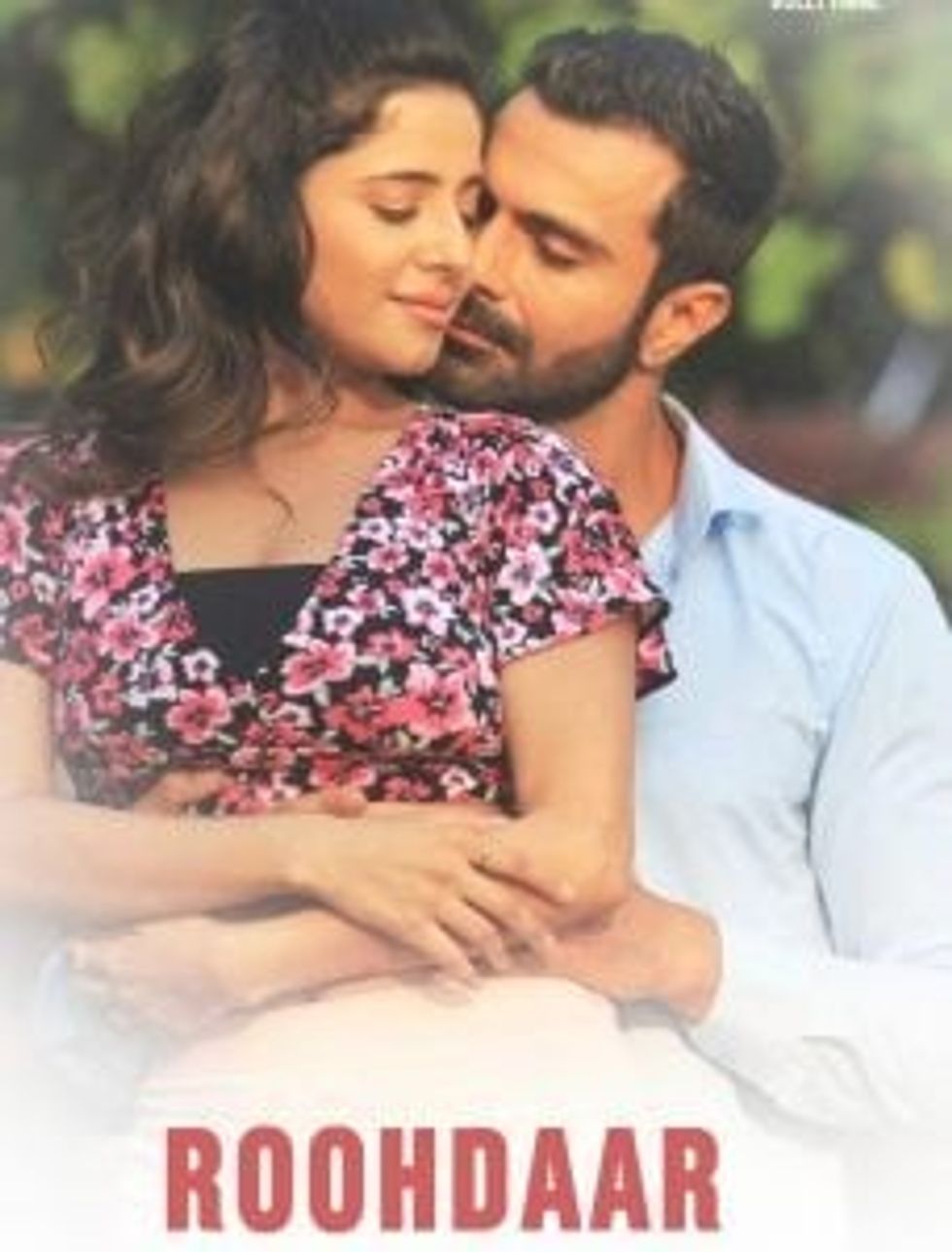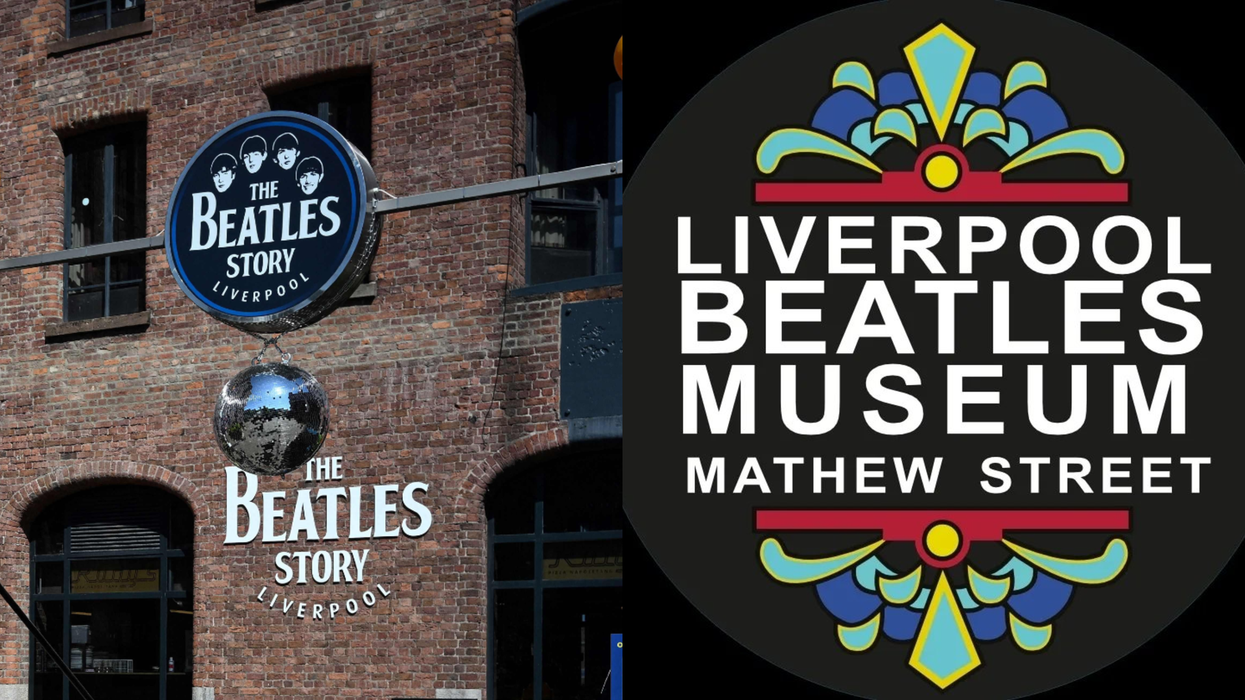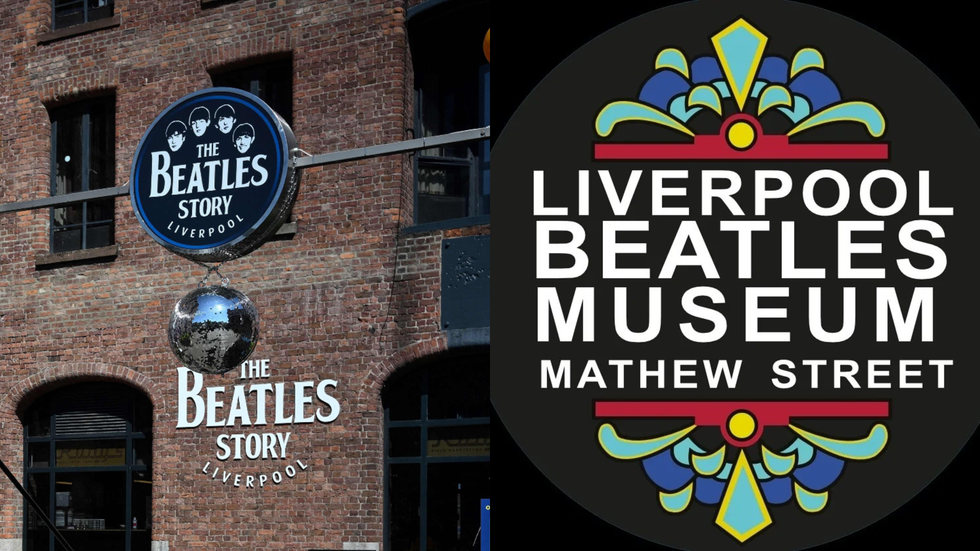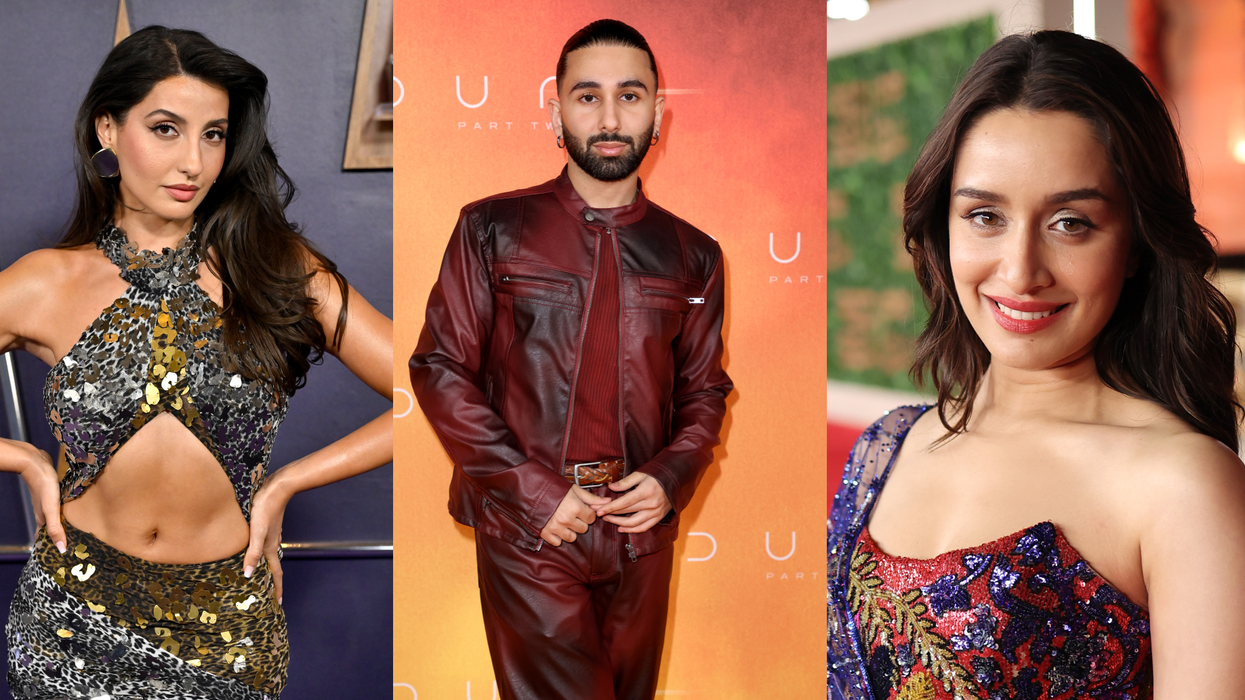BEAUTIFUL Indian star Kate Sharma is shining brighter with each project she does and has lit up an interesting array of projects with her sparkling presence.
The talented 25-year-old actress has starred in a whole host of popular projects that include marvellous music videos, terrific TV serials and a wonderful web series. The social media influencer with over 1.7 million followers on Instagram carried on that impressive rise with a starring role in new short film Roohdaar.
Eastern Eye caught up with Kate Sharma to discuss Roohdaar and her future hopes.
What is it that made you want to act in Roohdaar?
It was the story and that is the heart of any film. I loved the way a soul connects with someone in the story, so much so that it touched my own soul.
Tell us about Roohdaar and the character you play?
The story is about a girl named Shayara. All she wants is to be loved and cared for. But her husband doesn’t love her because she can’t have kids, which puts her into a deep depression. The story is about how things unexpectedly change for her when someone, who may not be real comes in her life and loves her during the tough times. It becomes a soul connection but may not be all that it seems.
What was the biggest challenge of playing this role?
When you enjoy a project there is no challenge and you fully immerse yourself in the role. I must say I enjoyed shooting for this film immensely.
Did you learn anything new while doing Roohdaar?
I have learned that I want to do more soulful and woman-oriented films like this where I can show my talent and perform my craft as an actor.
Who are you hoping connects with the film?
This is a universal film and all audiences can easily connect with it. It’s a short and sweet film, but very impactful.
What kind of projects can we expect next from you?
Well, next I want to do feature films. As an actor, I want to do good films with strong storylines, based on real incidents, which can blow the mind of audiences.
Do you have a dream role?
More than a dream role, I want to work with Mr Sanjay Leela Bhansali, Mr Rajkumar Hirani and many more such great fil mmakers because I love their craft. I want to do some romantic comedy films too.
What content do you enjoy watching as an audience member?
In lockdown, currently, I have been trying to watch the maximum number of series, comedy shows and old Hindi movies. I am a 90’s kid, so I enjoy classic movies, old songs and my favourite cartoon shows (laughs).
What inspires you?
Anyone who does something different and unique in life, which can bring a good change in society, inspires me.
Why should we watch your short film Roohdaar?
Well, it’s a short film and has a good story with a suspense factor. It has a great song too. (Laughs) And of course, if you love me, do watch it – just kidding. You can watch my performance and let me know how it was, and how you found the whole film.







 Liverpool Beatles Museum honours city’s overlooked heroes Getty Images/ Instagram/liverpoolbeatlesmuseum
Liverpool Beatles Museum honours city’s overlooked heroes Getty Images/ Instagram/liverpoolbeatlesmuseum 






